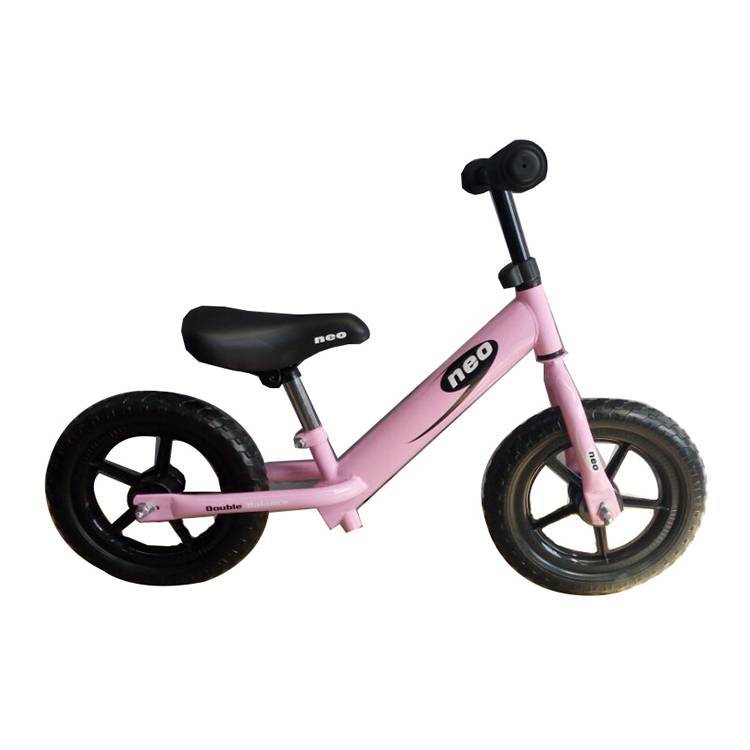Aug . 07, 2024 14:15 Back to list
Essential Components for Building and Repairing Your Child's Tricycle for Optimal Safety and Performance
Understanding Kids' Tricycle Parts A Guide for Parents
When it comes to children’s mobility and outdoor fun, tricycles are a popular choice for parents looking to provide their kids with a safe and enjoyable way to explore. Tricycles come equipped with various parts, each designed to ensure a smooth ride and promote safety. Understanding the components of a kids’ tricycle is essential for maintenance, safety checks, and ensuring a longer lifespan for the toy. This guide will break down the key parts of a kids' tricycle and highlight their importance.
1. Frame
The frame is the backbone of the tricycle, providing stability and support. Typically made of durable materials like steel or lightweight aluminum, the frame is designed to withstand rough play and the weight of an active child. When choosing a tricycle, parents should look for a robust frame that offers both stability and ease of handling. A well-constructed frame ensures that the tricycle can endure frequent use and varying terrains.
2. Handlebars
The handlebars are crucial for steering and control. They should be adjustable to accommodate the child's growth, ensuring that the tricycle remains usable as the child gets older. The grips on the handlebars should also be ergonomically designed to provide comfort and better control during rides. Check that the handlebars are sturdy and fitted securely to prevent any wobbling, which can affect the child’s ability to steer effectively.
3. Wheels
A tricycle typically features three wheels, contributing to its stability. The front wheel is responsible for steering, while the two rear wheels provide balance. It’s essential to choose a tricycle with high-quality wheels made from durable rubber to ensure a smooth ride and good traction. Larger wheels are preferable for outdoor use on various surfaces, while smaller wheels may be suitable for indoor riding. Parents should regularly check tire pressure and look for signs of wear to maintain optimal performance.
kids tricycle parts

4. Seat
The seat is another critical component, as it directly impacts the child’s comfort during rides. An adjustable and padded seat can make a significant difference, allowing children to sit comfortably for extended periods. Safety features like a secure seatbelt can further enhance the tricycle's safety, helping to keep the child securely in place while riding. Parents should ensure that the seat is positioned at an appropriate height for easy mounting and dismounting.
5. Pedals and Chains
Pedals and chains are essential components that facilitate movement. Many tricycles feature pedal systems that allow children to push off with their feet to gain momentum. Ensure that the pedals are not too stiff for young riders; they should be easy to engage and disengage. The chain system should be well-lubricated and regularly checked for any signs of rust or damage to ensure smooth operation.
6. Safety Features
Safety features are paramount when selecting a tricycle for children. They include elements like reflectors for visibility, a sturdy braking system, and wheel guards to prevent fingers from getting caught in the spokes. Tricycles with a low center of gravity also provide enhanced stability, reducing the likelihood of tipping over while providing a sense of security for new riders.
Conclusion
Understanding the various parts of a kids’ tricycle is vital for parents who want to make an informed purchase and ensure the safety of their child. Regular maintenance and checks on the frame, handlebars, wheels, seat, pedals, and safety features will guarantee a fun and secure riding experience for kids. By paying attention to these elements, parents can foster a love for outdoor activities in their children, providing them with the joy of exploration on their very own tricycle.
-
Aluminum Alloy Bike for Kids - Hebei Gorgeous Bike | Balance Design&Adjustable Fit
NewsAug.15,2025
-
Aluminum Alloy Bike for Kids - Hebei Gorgeous Bike | Balance Training, Durable Construction
NewsAug.15,2025
-
Aluminum Alloy Outdoor Running Bike - Hebei Gorgeous Bike Co., Ltd.
NewsAug.15,2025
-
Durable Wooden Tricycle for Kids | Classic Design Fun
NewsAug.15,2025
-
Aluminum Alloy Kids' Balance Bike-Hebei Gorgeous Bike Co., Ltd.|Lightweight,Durable
NewsAug.14,2025
-
Wholesale Aluminum Alloy Balance Bike for Kids - Hebei Gorgeous Bike | Lightweight, Durable, Adjustable
NewsAug.14,2025
